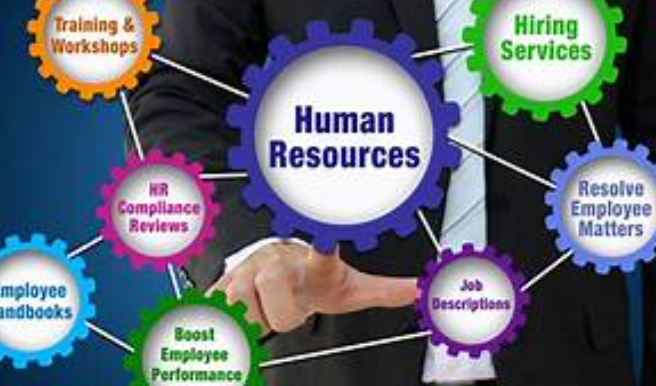To meet the new demands of a boundaryless world, human resources itself should become boundaryless, shifting from a specialized function that owns most workforce responsibility to a boundaryless discipline, cocreated and integrated with the people, business, and community it serves. One where people expertise isn’t solely owned by HR, but where the people discipline in an organization becomes a responsibility and capability of all, woven throughout the fabric of the business to create multidisciplinary solutions to increasingly complex problems.
Consider how the explosion of human and machine interaction demands close collaboration between HR and information technology. Chris Nardecchia, chief information officer for Rockwell Automation, for example, works closely with the chief human resources officer “because there is an inherent link between leadership, culture, skills, and behaviors in achieving digital transformation outcomes.” This collaboration has helped the organization achieve business process improvements, resulting in a 75% reduction in total order cycle time.2 Digital transformation—in particular, the impact of generative artificial intelligence—also creates a premium on people capabilities and skills for all; indeed, talent management is one of the top 10 skills that is increasing in importance for all workers, according to the World Economic Forum.3
A new mindset for HR
These are just a few examples of boundaryless HR in action. But what exactly is boundaryless HR? Boundaryless HR is first and foremost a mindset shift—supported by the adoption of a different set of practices, skill sets, metrics, technologies, and even in some cases, structural changes. Boundaryless HR embeds the people discipline into the fabric of a business by breaking down the following boundaries:
- Boundaries between HR and other disciplines. As people expertise is integrated across functional areas to jointly solve business problems, all functional areas (including HR) should work toward—and measure themselves against—common business and human outcomes. With the breakdown of these boundaries, not only do functional disciplines start to merge, but the traditional people discipline itself starts to merge with other related disciplines like decision science, behavioral economics, and academic disciplines such as psychology, sociology, and anthropology.
- Boundaries between HR, workers, leaders, and managers. All people in an organization—from the board to the C-suite to every individual contributor—need people expertise and to be mutually accountable for human performance. HR democratizes people management, serving as a platform aided by automation and AI that provides leaders, managers, and workers with the tools, information, and real-time data they need to perform more of the HR-related work themselves. Rather than owning the discipline of people, HR cocreates that discipline and cultivates it across all roles in the organization, transforming workers from consumers of HR practices into coproducers.

